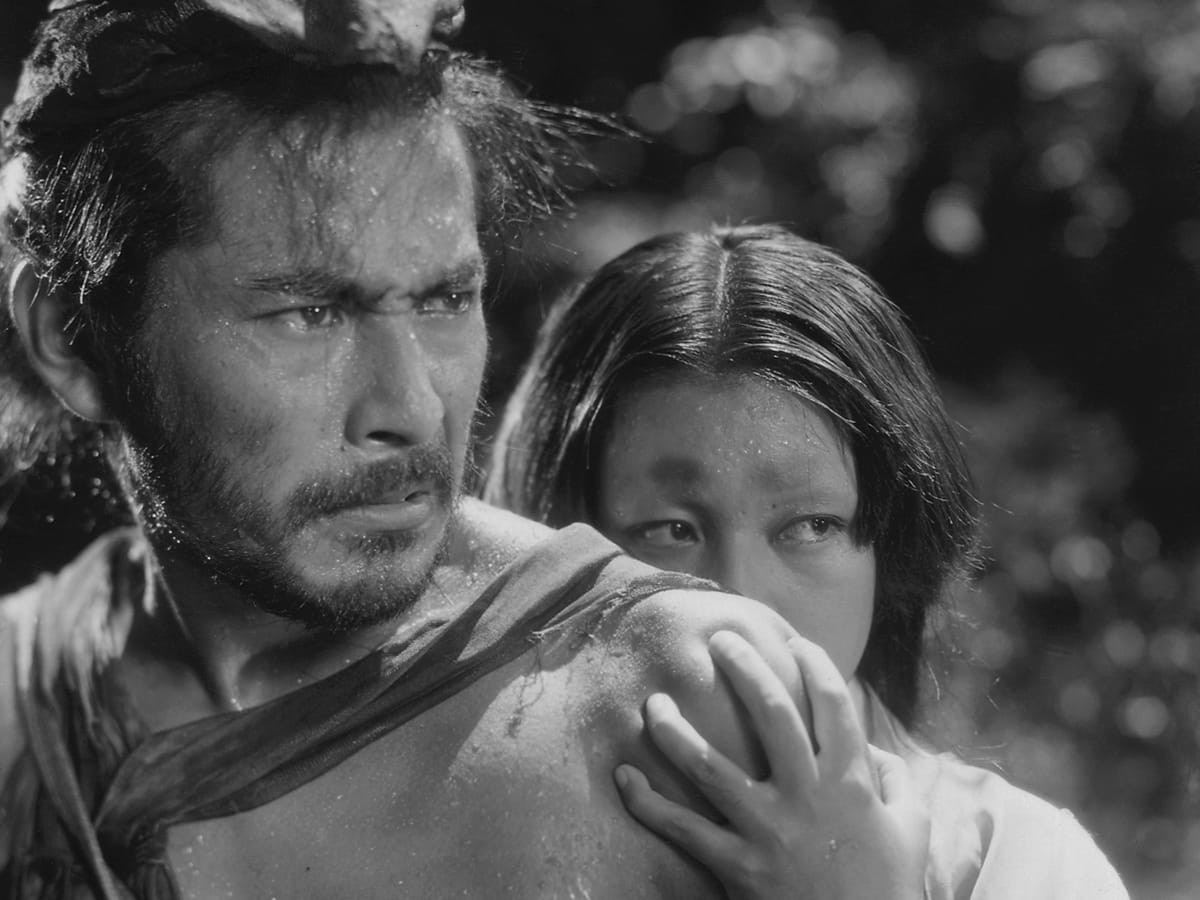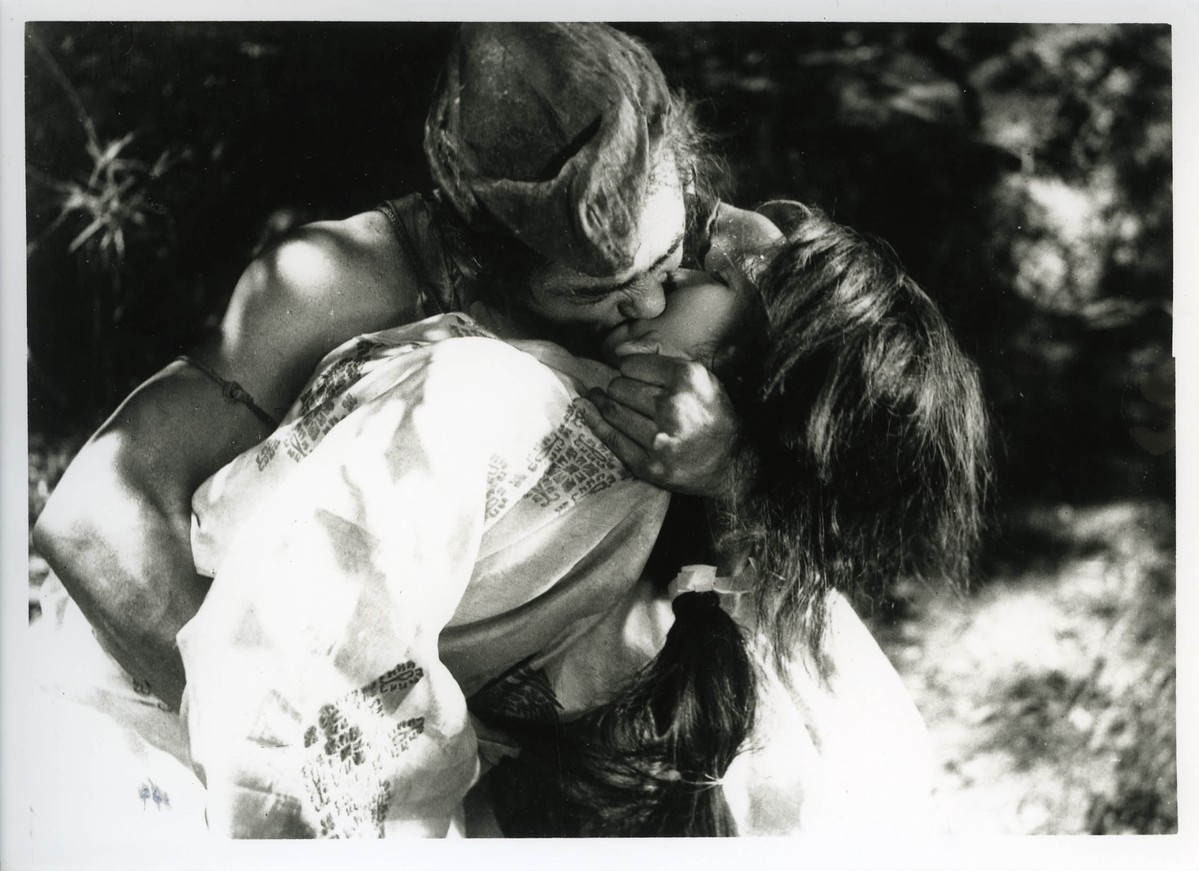Rashomon

Rashomon is widely considered one of the greatest films ever made: Three men take shelter at one of the gates leading to Kyoto, waiting for the rain to stop. We are under the Heian era (9th - 12th centuries). To pass the time, they discuss an event that took place recently: the discovery of the body of a samurai, probably killed by the bandit Tajomaru. The three men were in fact called to testify at the trial. They each report what they said at the trial, and what they saw. Four versions are opposed, the widow - who was allegedly raped by the bandit - also having her own. So what happened?
Festivals & awards
Golden Lion, Mostra del cinema, Venezia 1951 Best Movie, Italian Filmcritics award Oscar Nomination









Credits
Would you like to show this movie?
Please fill out our form.
Feel free to contact us
Press voices
«Dieser Film ist wie ein Rollbild, das im Entrollen das menschliche Ich enthüllt.»
Akira Kurosawa
«Rashomon leitet die Reihe der Meisterwerke ein, die Akira Kurosawa auch im Ausland bekannt machten. Der Film zeigt vier Versionen derselben Geschichte: eines Überfalls, den ein Räuber auf einen reisenden Samurai und dessen Frau verübt hat. Die Versionen, von verschiedenen Zeugen vorgetragen, widersprechen einander; die Wahrheit kommt nicht an den Tag, aber die gute Tat eines Holzfällers, der sich eines ausgesetzten Kindes annimmt, gibt am Ende eine Antwort, die die Frage nach der Wahrheit hinfällig werden lässt.»
Ulrich Gregor
«Den Hauptteil des Films bilden die verschiedenen Versionen des Tathergangs, die nicht er-zählt, sondern ins Bild gesetzt werden. So unvereinbar die Darstellungen auch sind, jede Schilderung erfährt durch den filmischen Realismus eine irritierende Objektivierung.»
Klaus Bort
«Die labyrinthischen Perspektiven aber verwandeln sich bei Kurosawa in die ureigene Suggestionsmacht des Films: in die magische Variation von Bildern, Bewegungsabläufen, optischen Zeichen. Rashomon ist gewebt aus einem Netz korrespondierender Blicke und erblickter Dinge, die sich stetig durch den Blick der Menschen auf sie verändern. Gleichwohl ist der Film kein Hohelied auf die Relativität. Der Holzfäller nimmt das Bündel des ausgesetzten Kindes in seine Arme und in die Obhut seines Lebens. Das Wunder der Tat triumphiert über die zerborstene Wahrheit der Erkenntnis.»
Harry Tomicek
«Une authentique puissance de fascination.» Positif
«Kurosawa crée un envoûtant et subtil jeu d’ombres et de lumières pour mettre à jour l’âme humaine.» DVD Classic
«Rashomon est une œuvre charnière dans la filmographie du maître japonais.» Les Inrocks







